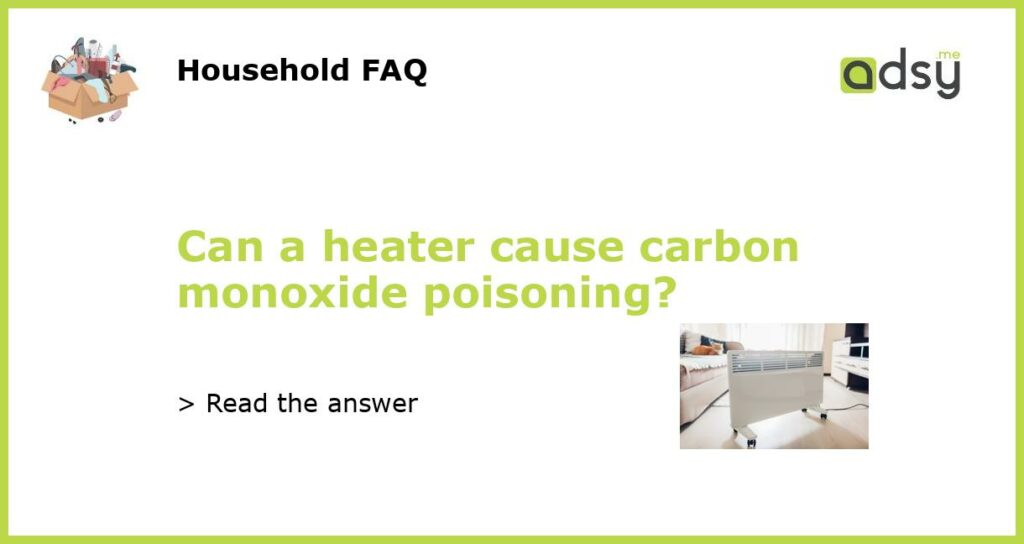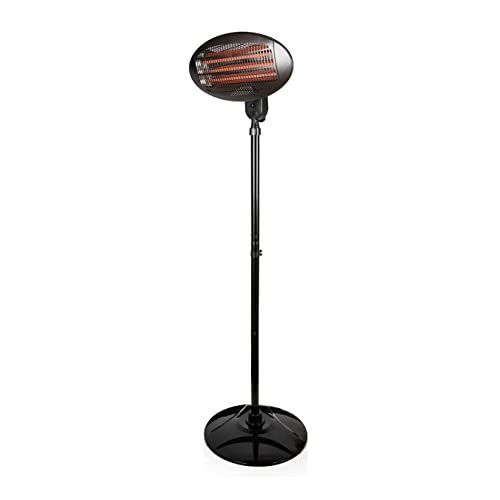Can a Heater Cause Carbon Monoxide Poisoning?
Heaters are common appliances used to provide warmth and comfort during the cold winter months. While using a heater is helpful in keeping us warm, it is important to be aware of the potential dangers that come with it. One of the main concerns is carbon monoxide poisoning. Carbon monoxide (CO) is an odorless, colorless gas that can be lethal if not detected early. In this article, we will explore the possibility of a heater causing carbon monoxide poisoning and discuss ways to prevent it.
Understanding Carbon Monoxide Poisoning
Carbon monoxide poisoning occurs when a person inhales too much carbon monoxide, which then binds to their red blood cells, decreasing their ability to carry oxygen. This can lead to a variety of symptoms, including headache, dizziness, shortness of breath, confusion, and in severe cases, loss of consciousness or death.
Heaters that burn fuel, such as gas, oil, or wood, can produce carbon monoxide as a byproduct of combustion. When these heaters are not properly maintained or vented, the carbon monoxide can build up in confined spaces such as homes, leading to potential poisoning. It is important to recognize the signs of carbon monoxide poisoning and take necessary precautions to prevent it.
The Risk Factors
There are several factors that can increase the risk of carbon monoxide poisoning from a heater. These include:
- Using an old or malfunctioning heater: Older heaters may not function properly, increasing the likelihood of carbon monoxide leakage.
- Poor ventilation: Lack of proper ventilation can cause carbon monoxide to accumulate indoors.
- Blocked chimneys or vents: If chimneys or vents are blocked, carbon monoxide cannot escape and can build up in the home.
- Using unvented heaters indoors: Unvented heaters, which do not require a chimney or vent, release combustion byproducts directly into the living space.
Prevention and Safety Measures
Preventing carbon monoxide poisoning from a heater involves taking certain safety measures. Here are some tips to keep in mind:
- Install carbon monoxide detectors: Place carbon monoxide detectors on each floor of your home, especially near sleeping areas. These devices can alert you if levels of carbon monoxide reach dangerous levels.
- Regularly inspect and maintain your heater: Have your heater inspected by a professional annually to ensure it is working efficiently and safely. Regular maintenance can help detect and fix any issues before they become a hazard.
- Keep your vents and chimneys clear: Make sure that no debris or obstructions are blocking your vents and chimneys. Additionally, ensure that your exhaust system is functioning properly.
- Avoid using unvented heaters indoors: Unvented heaters should only be used in outdoor or well-ventilated areas to prevent carbon monoxide buildup.
- Follow manufacturer’s instructions: Always follow the manufacturer’s instructions when using your heater. This includes proper installation and usage guidelines.
While heaters can provide much-needed warmth, they also pose a potential risk of carbon monoxide poisoning if not used or maintained correctly. It is crucial to prioritize safety and take necessary precautions to prevent carbon monoxide buildup in your home. By installing carbon monoxide detectors, regularly inspecting and maintaining your heater, and ensuring proper ventilation, you can help reduce the risk of carbon monoxide poisoning and keep your home safe and warm during the winter months.






